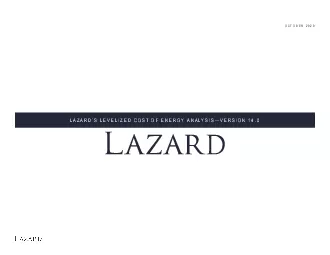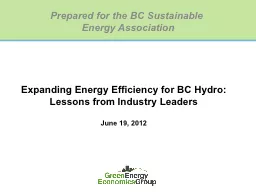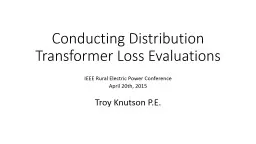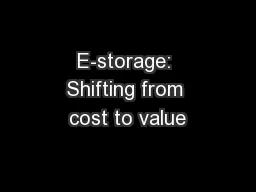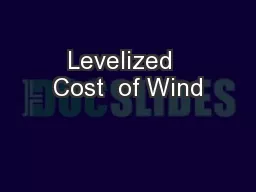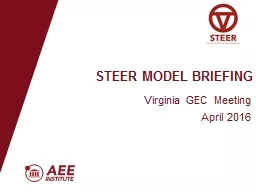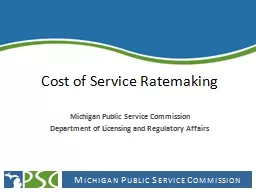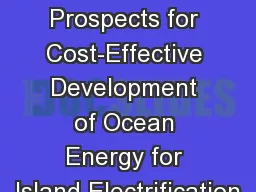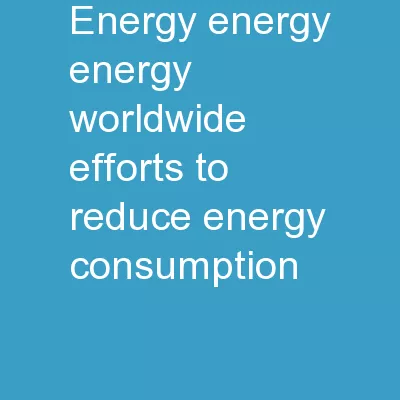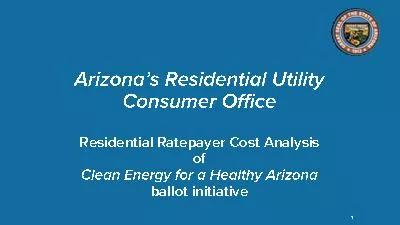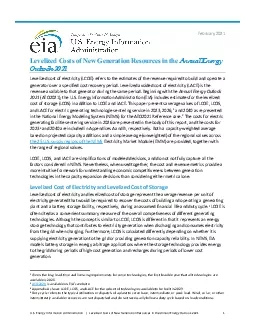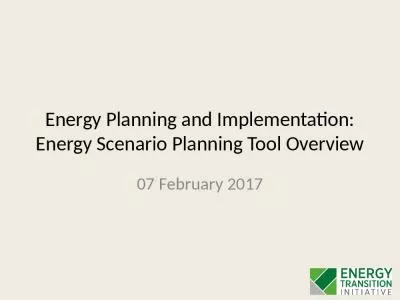PDF-LAZARD146S LEVELIZED COST OF ENERGY ANALYSISVERSION 140x0000x0000OCTOB
Author : natalie | Published Date : 2021-09-25
Copyright 2020 Lazard This study has been prepared by Lazard for general informational purposes only and it is not intended to be and should not construed as financial
Presentation Embed Code
Download Presentation
Download Presentation The PPT/PDF document "LAZARD146S LEVELIZED COST OF ENERGY ANAL..." is the property of its rightful owner. Permission is granted to download and print the materials on this website for personal, non-commercial use only, and to display it on your personal computer provided you do not modify the materials and that you retain all copyright notices contained in the materials. By downloading content from our website, you accept the terms of this agreement.
LAZARD146S LEVELIZED COST OF ENERGY ANALYSISVERSION 140x0000x0000OCTOB: Transcript
Download Rules Of Document
"LAZARD146S LEVELIZED COST OF ENERGY ANALYSISVERSION 140x0000x0000OCTOB"The content belongs to its owner. You may download and print it for personal use, without modification, and keep all copyright notices. By downloading, you agree to these terms.
Related Documents

